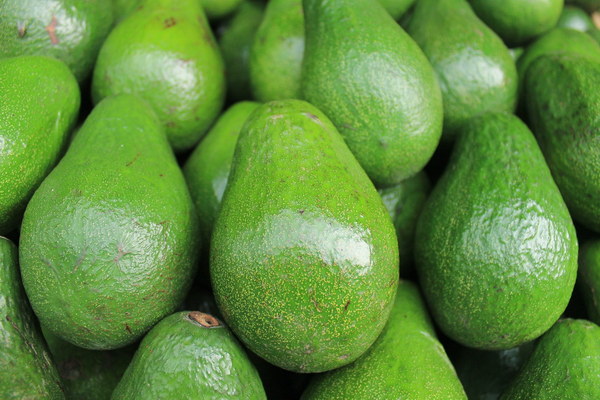Does Agricultural Input Subsidies Include Grain Subsidies
Agricultural subsidies are an essential part of government policies aimed at supporting the agricultural sector. These subsidies are designed to reduce the cost of production for farmers, increase agricultural productivity, and stabilize food prices. However, there is often confusion regarding the inclusion of grain subsidies within the broader agricultural input subsidies. This article aims to clarify whether agricultural input subsidies include grain subsidies or not.
Agricultural input subsidies are financial assistance provided by the government to farmers for the purchase of essential agricultural inputs, such as seeds, fertilizers, pesticides, and equipment. These subsidies are intended to lower the cost of production for farmers, making it more feasible for them to invest in improving their farming practices and technologies.
Grain subsidies, on the other hand, are specifically targeted at supporting the production and marketing of grain crops, such as wheat, rice, corn, and barley. These subsidies can take various forms, including direct payments to farmers, low-interest loans, and price support programs.
The question of whether agricultural input subsidies include grain subsidies is a nuanced one. In many cases, grain subsidies are indeed considered a part of agricultural input subsidies, as they are aimed at reducing the cost of production for grain crops. However, this is not always the case, and it depends on the specific context and the type of subsidy being discussed.
In some countries, grain subsidies are provided as part of a broader agricultural support package, which includes input subsidies for other crops and livestock. In these cases, grain subsidies are considered a subset of agricultural input subsidies. This approach allows the government to provide targeted support to grain producers while also promoting the overall development of the agricultural sector.
In other countries, grain subsidies may be offered as a separate program, independent of agricultural input subsidies. This occurs when the government aims to address specific challenges faced by grain producers, such as low grain prices, high production costs, or supply chain disruptions. In such instances, grain subsidies are not considered a part of agricultural input subsidies.
Several factors influence whether grain subsidies are included within agricultural input subsidies. These factors include:
1. The objectives of the subsidy program: If the primary goal of the subsidy program is to support the production and marketing of grain crops, then it may be considered a separate program.
2. The scope of the subsidy: If the subsidy covers a wide range of agricultural inputs, including grain production, then it is more likely to be considered a part of agricultural input subsidies.
3. The administrative framework: The way in which the subsidy program is structured and implemented can also determine whether grain subsidies are included within agricultural input subsidies.
The inclusion of grain subsidies within agricultural input subsidies has several implications for farmers, the agricultural sector, and the broader economy. Here are some of the key considerations:

1. Efficiency: Combining grain subsidies with other agricultural input subsidies can lead to more efficient use of resources, as farmers have access to a broader range of support.
2. Market distortions: If grain subsidies are not properly managed, they can lead to market distortions, such as overproduction and low prices for other agricultural products.
3. Equity: Providing grain subsidies as part of a broader agricultural support package ensures that farmers of different crops receive equal opportunities for development.
In conclusion, whether agricultural input subsidies include grain subsidies depends on the specific context and the type of subsidy program being discussed. While grain subsidies are often considered a subset of agricultural input subsidies, they can also be offered as a separate program. Understanding the nuances of these subsidies is crucial for policymakers, farmers, and the broader agricultural sector to ensure the efficient and equitable use of resources.









